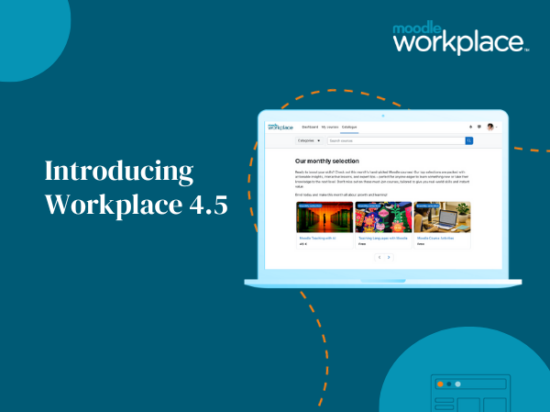There is a move afoot to move the function of people management to Learning and Development teams. After all, L&D is an umbrella for helping guide employees through their corporate journey.
L&D is often at the pointy end of the spear for onboarding, upskilling and compliance training. Why duplicate these HR functions? Why not combine the two departments under one roof driven by a robust LMS/Social Media platform?

German Women’s National Volleyball Team Vs, Spain, Stuttgart 2014
That is the argument being put forward by L&D advocates who see L&D teams using software to help manage recruitment, compensation, training and performance. If you’ve applied for a job in the past year or two, you may find that your application is being handled by software that weeds out top contenders from the rest of the pack using a social media interface like LinkedIn. These hiring software packages include automatically generated emails that guide candidates through the hiring process.
Once hired, onboarding new recruits is often done online via an LMS like Moodle or Totara Learn. Results from the onboarding process can be tracked easily through an LMS, which gives new hires a chance to review materials and progress in a logical way.
What about promoting good talent? The LMS can identify skills gaps through training programs and also point to those candidates who do well in all facets of talent development. The LMS can now be customised to meet training needs where skills gaps have been identified, saving endless and often fruitless searches to answer the million dollars question: “Why isn’t my company or organisation moving forward?” Maybe it’s because they are missing some vital training which has been identified by your LMS.
So there is definitely a convergence between L&D and team management functions. Good teams rely on the combination of these fuctions in a forward-thinking manner that dovetails with corporate strategic goals.
It is a relatively quick step to take corporate eLearning and convert/combine it with traditional HR functions to create a viable talent management system which collects very useful data that can be used to identify strengths and gaps in your company. This is a fresh way for HR managers to expand their eLearning training.







